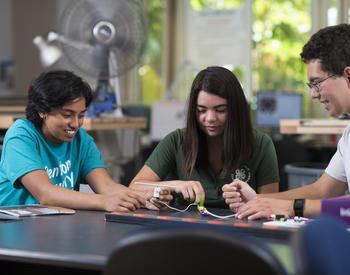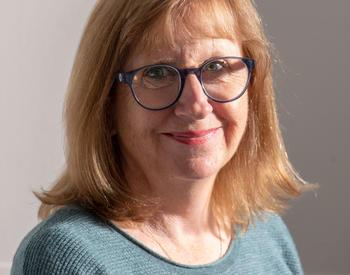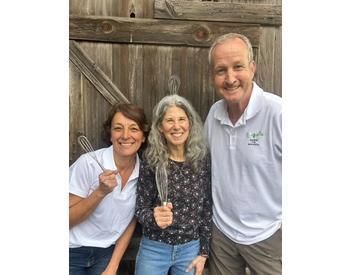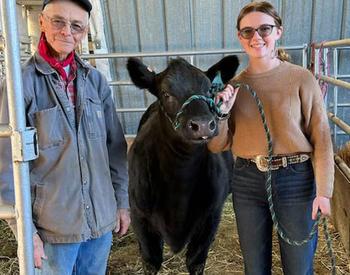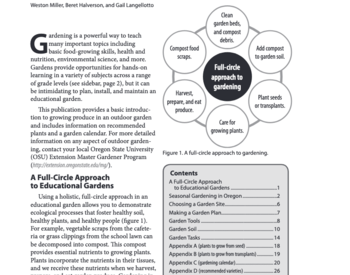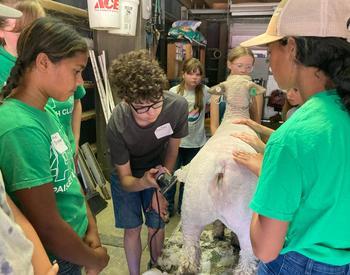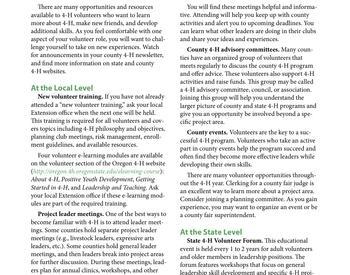HILLSBORO, Ore. – On a windy Saturday in March, 12 students from Portland’s David Douglas High School Rocket Club tramped into the center of a crabgrass field in Hillsboro, hauling the supplies they needed to set up a miniature Cape Canaveral.
The students were there with other Portland area teams competing in the American Rocketry Challenge. The challenge draws 5,000 aspiring young engineers across the United States. The 100 teams whose rockets best meet the challenge’s demands will head to Washington, D.C., this month to compete in the national finals.
This is the 10th year that Oregon State University Extension Service Portland metro area 4-H has played a key role in David Douglas High School’s Rocket Club. It’s one of the few 4-H-affiliated Rocket Clubs in Oregon.
Once each team loaded their rocket onto the launcher and connected an ignition key, a high electrical beep sounded. Then the countdown began.
Five. Four. Three. Two. One.
At zero, a student pushed the ignition button, and the rocket roared directly up into the sky, its arc almost taking it out of sight. As another teammate timed the ascent and descent on their smartphone, the others peered up, tracking the rocket's arc as it fell back to earth, brightly colored parachutes slowing the machine's descent.
“What they're learning here is hands-on science,” said OSU Extension 4-H advisor Tanya Kindrachuk, who darted among the different teams that make up the club to offer encouragement.
David Douglas Rocket Club teams have made it to the national finals before, most recently in 2018.
Many of the students wore black sweatshirts with the club's motto: "Actually, it IS rocket science."
Designing a rocket
The club convenes each year in October, said Sebastian Petreus, a career and technical education teacher at David Douglas High School. During their weekly Tuesday afternoon sessions, the club members split into teams of three or more students, who range from freshmen to seniors. Each team is charged with building a rocket out of handmade and store-bought parts.
The specifications change every year. In the summer before the 2023-24 school year began, the National Association of Rocketry, one of the organizers of the American Rocketry Challenge, released new guidelines for how high the rocket must fly and how many seconds it must stay in the air.
“The goal this year is 825 feet, and they have an altimeter inside to measure that,” said George Rachor, the official NAR observer for Portland area teams who attended the Hillsboro launch to verify the students’ results. “Then it has to go up and down in about 44 seconds.”
The other requirement: The students would place a raw chicken egg wrapped in thick padding in the rocket. The egg had to remain intact when the vehicle hit the ground.
Computer simulations guide the work
To create a rocket capable of hitting their marks, the students used a free, open-source design program called OpenRocket Simulator.
“The skills can transfer into other design platforms,” Petreus said. “They have to design their model and run simulations. We’re not always as accurate as we want to be, but the simulations do come close.”
Kindrachuk, who was a member of 4-H when she attended David Douglas High School more than a decade ago, leads 4-H clubs and other school programs devoted to natural resources, public health, and STEM at David Douglas and Alliance High School at Meek in Portland. She also leads camps and day programs in the summer.
Kindrachuk said the Rocket Club gives students valuable exposure to scientific experimentation outside the classroom. She writes grant proposals to cover competition fees, equipment and the expensive single-use motors, also known as jets, so students never have to pay to participate in Rocket Club.
Kindrachuk also organizes field trips to help club members explore careers in science or engineering. But neither she nor Petreus are allowed to help the teams complete their work.
After months of simulations, the field tests began in January. The students drove an hour from southeast Portland to the test field to see how their designs would function in the real world – the rainy and windy Western Oregon skies that prevail most days in late spring.
“The launches are where the students get the most excited and energized,” Kindrachuk said. “They return energized to make changes.”
Social and scientific outing
Before their qualifying run, freshmen Nevaeh Alleyne and Yashir Interian Uc gathered around their rocket, waiting for the glue that attached a wayward fin to the rocket body to dry. OpenRocket, Interian Uc said, helped them refine the dimensions of the model they wanted to build.
On site, the students could tweak other variables to vary the altitude and hang time, such as the angle of the launcher, the amount of clay the teams use as ballast, and the choice of motor that would propel the rocket into the air.
This was their third outing to Hillsboro since the school year began.
“We've had a great experience so far,” Alleyne said. “We’ve gotten to meet new people. We get to go on these field trips. It’s really a fun club.”
Nikki Truong, their teammate and de facto leader, is a senior who has been in the Rocket Club for three out of her four high school years.
“It's a great experience to collaborate with people,” Truong said.
Petreus, their teacher, said, “A lot of times, the students start in freshman year, and Rocket Club becomes their thing in high school.”
Sometimes it takes them even further. Both freshmen said they are already considering studies in engineering. After graduating this year, Truong will head to the Massachusetts Institute of Technology to study mathematics and applied engineering.
Helping students fly
Before each flight, the students would weigh the rocket and present its fragile "payload" to Rachor, the NAR observer. Once it landed, they removed the altimeter to read just how high the device had flown, then showed Rachor the egg again to confirm it had fared better than Humpty Dumpty.
The real world can be rough on cardboard and balsa-wood rockets that have just flown through rainy skies and fallen 800 feet. Raucous debates, heavily peppered with jokes, erupted over how to make the next flight better, and glue and persistence played key roles in keeping the rockets aloft.
Whether the David Douglas 4-H rocket teams make it to the finals or not, they achieved one small victory: Not a single one of their passenger eggs broke.
